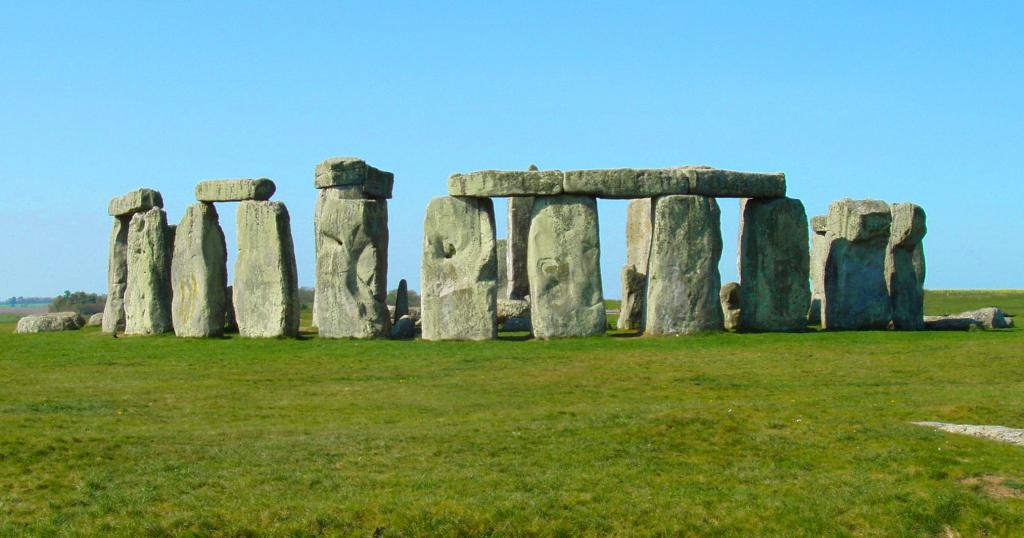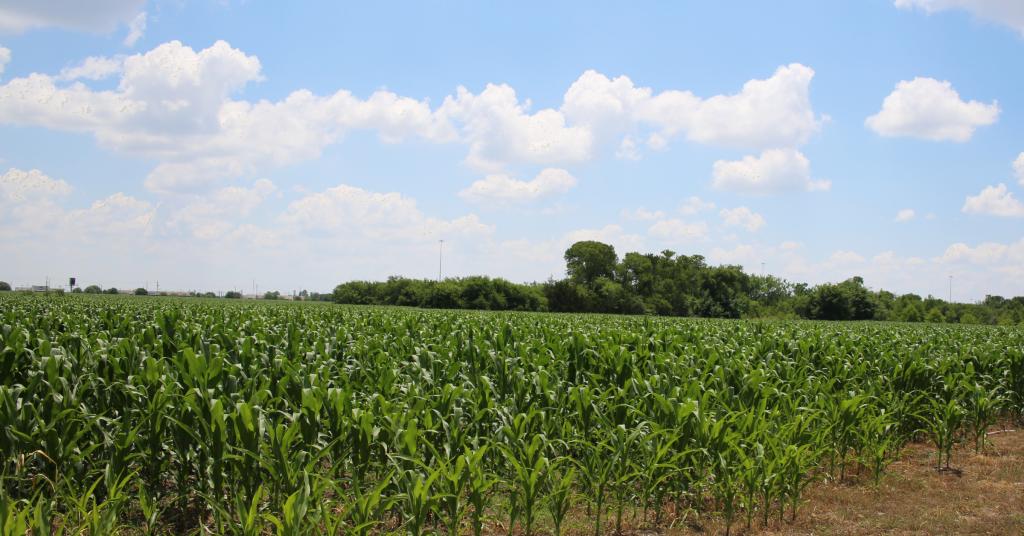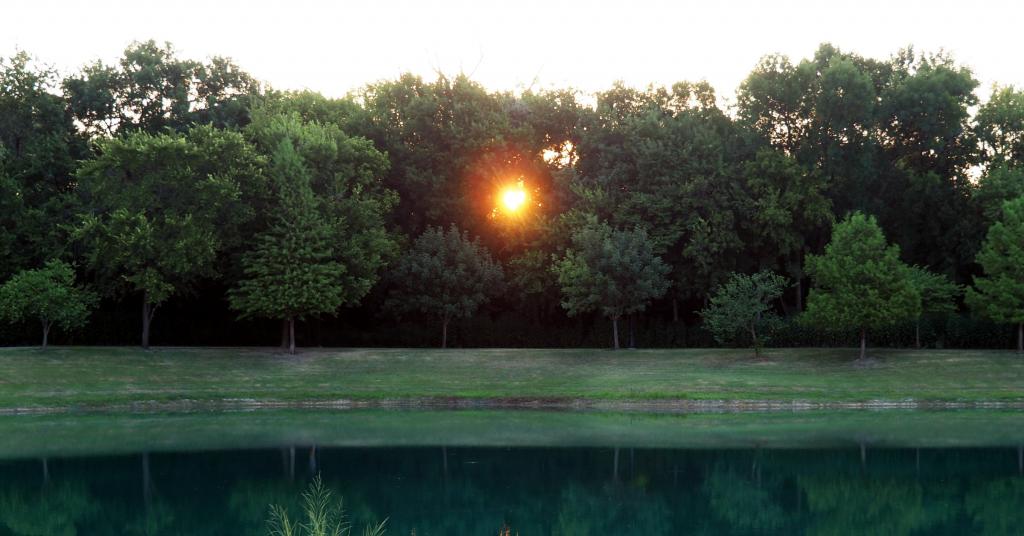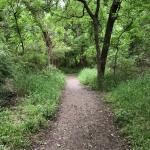I would love to celebrate the Summer Solstice in the ancient Druid tradition… if only we knew what that was.
Mention Druids and Summer Solstice and most people think of large gatherings at Stonehenge. But the Druids didn’t build Stonehenge. Its last building stage was completed no later than 1500 BCE, while the Druids – the priestly class of the Celtic peoples – didn’t arrive until several centuries later. Or more properly, Celtic culture arrived then – “Celtic” is a culture, not a bloodline.
I have to think the Druids worshipped or celebrated or at least did something at Stonehenge – how could they resist making use of such a powerful and unique structure? But we have no evidence of how they did, or even if they did. It’s entirely possible they saw it as a dangerous place belonging to “the old ones” – some place to be avoided.
And in any case it’s clear to me that the people who built Stonehenge 5000 years ago built it to mark the Winter Solstice, not the Summer Solstice.
The modern Druid tradition of gathering at Stonehenge on the Summer Solstice began in the late 1800s. In recent years it’s turned into a gathering for tens of thousands of people looking for a party. After being closed for the pandemic last year, English Heritage is planning to reopen it this year, with some social distancing in place. For those of us who can’t be there, they will once again live stream the sunset and sunrise.
Not many ancient Midsummer traditions
There aren’t a lot of ancient traditions around Midsummer. This article from last year from the Irish website An Sionnach Fionn says “The Summer Solstice Was Not A Celtic Irish Festival.” Most of what we have from medieval times is centered around the Christian St. John’s Eve, celebrated on June 23 – one to three days after the Summer Solstice.
Shakespeare’s play A Midsummer Night’s Dream (written around 1596) draws mainly on the sources of that era. Or so literary scholars believe – appropriately, no one is really sure.
There are some traditional celebrations in Eastern Europe that appear to have Pagan roots. Again, no one is sure how deep those roots go into pre-Christian religion.
If you want a “traditional” celebration probably the best you can do is to gather around a bonfire and have a drink or two with friends and family. Of course, that’s a good thing to do any time of year.
A slow time in an agricultural society
There’s a reason why there aren’t many ancient traditions around the Summer Solstice – it wasn’t an important point in time for ancient people.
In an agricultural society, Spring is the time for planting, and for new beginnings. Late Summer and early Fall are the times for harvesting, feasting (now that they finally have plenty of food), and giving thanks. Midsummer is a time when not a lot is happening. There’s the usual weeding and watering and trying to keep other animals from eating your crops before they mature, but for the most part this is a slow time in the fields.
It’s worth marking the longest day of the year, particularly in the far northern regions where the days are really long at the Summer Solstice. But people in moderate climates don’t dread the heat of Summer like they dread the cold of Winter. So there’s not a strong emotional connection with the Summer Solstice like we see with the rebirth of the Sun at the Winter Solstice.
Ideas for celebrations
So, how should we celebrate? In 2015 I wrote Summer Solstice – A Solitary Ritual. It focuses on greeting the Sun at sunrise. In 2018 I wrote 8 Things to do for Summer Solstice as a Solitary Pagan. They include different approaches to honoring the Sun and/or a Sun God, keeping an all-night vigil, and gathering herbs. Jason Mankey has a list of 7 Ways to Celebrate the Summer Solstice. Any or all of these would be good things to do.
Denton CUUPS has a long tradition of celebrating the Summer Solstice with an Egyptian Temple Ritual. It’s less about the liturgical calendar of ancient Egypt and more about our relationships with the Neteru, the Gods of Egypt. We’ll be doing that again this year. It will be online – you’re all invited to participate. It will be Saturday, June 19 at 7:30 PM CDT, on the Denton CUUPS YouTube channel. The ritual calls on and honors Sekhmet, and it runs a little under a half hour.
I’ve been doing my own online rituals ever since the pandemic began. As I announced in my newsletter last week, I’m not doing that this time. I simply don’t have the bandwidth to write, perform, and edit a ritual in addition to everything else I’ve got going on.
The beginning of the end… and a new beginning
Still, I feel the need to do something for the Summer Solstice. It’s one of the eight high days on the modern Pagan Wheel of the Year – that alone makes it worth celebrating.
More than that, there are two things going on at the moment that could use some Solstice energy.
The first is the reopening of society. Now, we were talking about “reopening” last May – that didn’t work out so well. As Dr. Fauci said, the virus makes its own timeline. What happened in the Fall and early Winter was far worse than what we experienced last Spring and Summer, at least in the United States.
But now things are looking better, mainly due to increased vaccinations. So while we can debate what precautions are still necessary, the numbers say it really is time to start getting back to normal.
Except there is no “normal” to get back to. The world has changed dramatically in the past 15 months and we can’t go back. We have to go forward into a world that is socially, economically, and medically different from what we remember.
The Summer Solstice feels like a good time to work magic for a safe and successful beginning in this strange new world. Not to make plans (like the secular New Year) but to equip ourselves with the tools we’ll need to survive and succeed in the coming months.
Preparing for the June Full Moon
The moment of the Summer Solstice (Sunday, June 20 at 10:31 PM CDT) is about three and a half days before the June Full Moon (Thursday, June 24 at 1:39 PM CDT). I challenged all of us to work some big magic the evening of Wednesday the 23rd. That means me too. Especially me.
This makes the Solstice a convenient time to grab some of the power of the Sun at its height and direct it either toward your goal or toward your preparations for your Full Moon working.
My Full Moon working is a ritual of spiritual development, not to manifest something tangible. As such, the Solstice presents a great opportunity for some preliminary cleansing. If sunlight is the best disinfectant (a political statement that holds true in many other areas) then the Sun at its zenith is a great time to burn off some of the spiritual detritus that has accumulated over the past 15 months, and longer.
Your working may have other needs and the Solstice may present you with other opportunities. Give it some thought, some meditation, and some divination and see what you can come up with.
Midsummer 2021
The bad news for those looking for “traditional” Summer Solstice celebrations is that we don’t have a lot to work with – certainly not as much as the Winter Solstice. The good news is that we can create our own traditions, based on our needs here and now. That’s the case every year, but it’s especially true this year.
This year’s Midsummer feels like a turning point – like we’re leaving one distinct period and entering another very different one. There are two parts to any such times: what Life throws at us, and how we respond. While I very strongly believe we do not “create our own reality” I just strongly believe we can influence reality for the better.
This is a time to exercise what influence we have, especially what influence we have over ourselves – which is considerable even if it isn’t absolute.
May your Solstice be happy and strong.
Want to get my personal weekly newsletter every Friday? It covers things that don’t fit into the blog format, mostly in my usual range: Paganism, polytheism, and magic. Current events and politics. What I’m working on that you’ll see in the near to medium future – be the first to find out about things like this.
Sign up on my teaching site https://undertheancientoaks.com/
Enter your e-mail in the big green block and do the not-a-robot thing. You’ll get a confirmation e-mail – respond to it and you’re set. You have to respond to the confirmation e-mail – my mailing service wants to make sure you really want the newsletters and someone isn’t signing you up for something you don’t want.


















